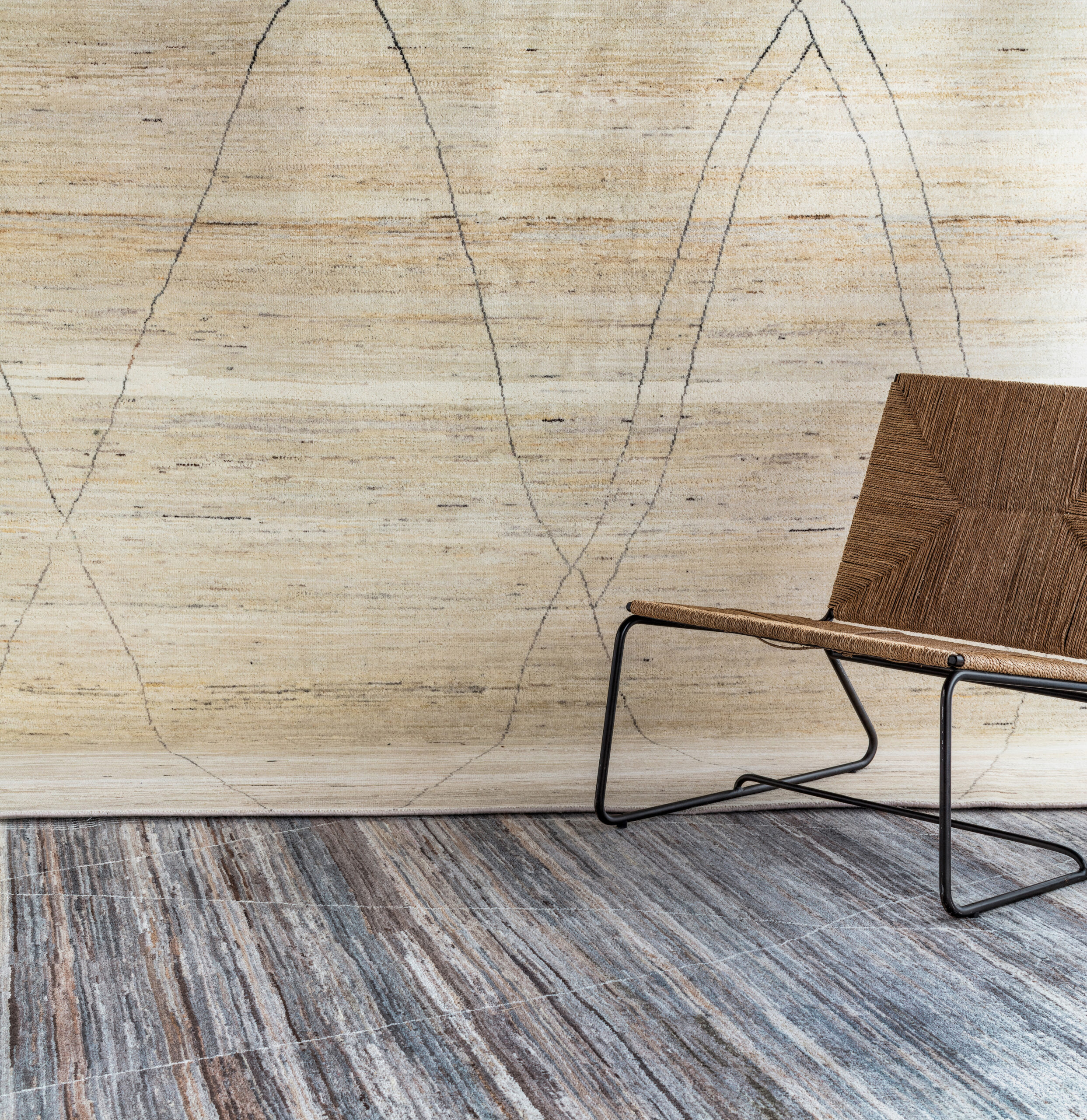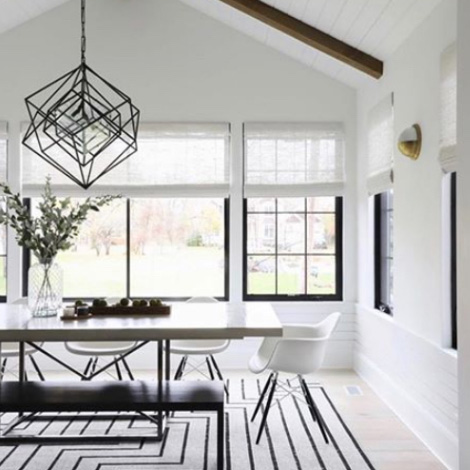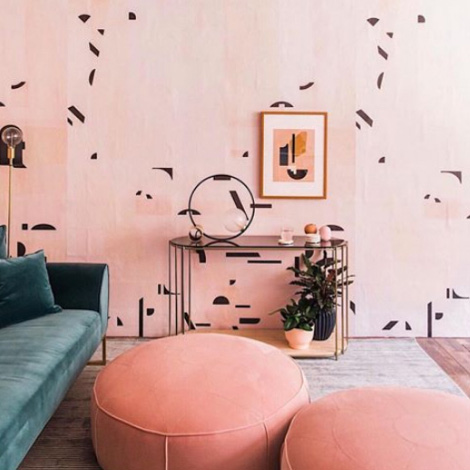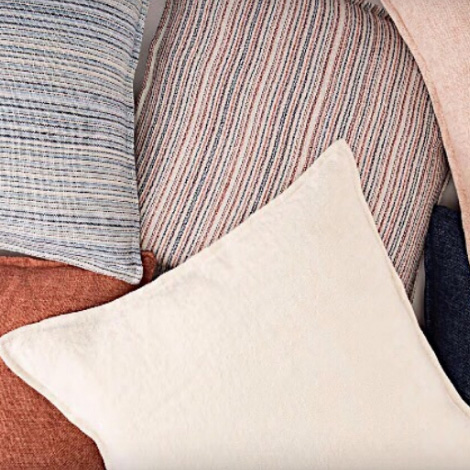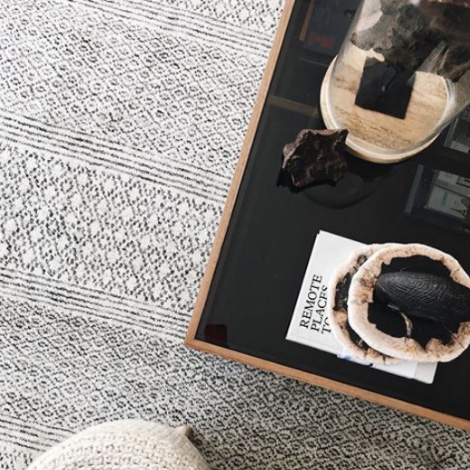What exactly is sustainable design? Jaipur Living‘s product development experts breakdown the rules to environmentally friendly rugs.
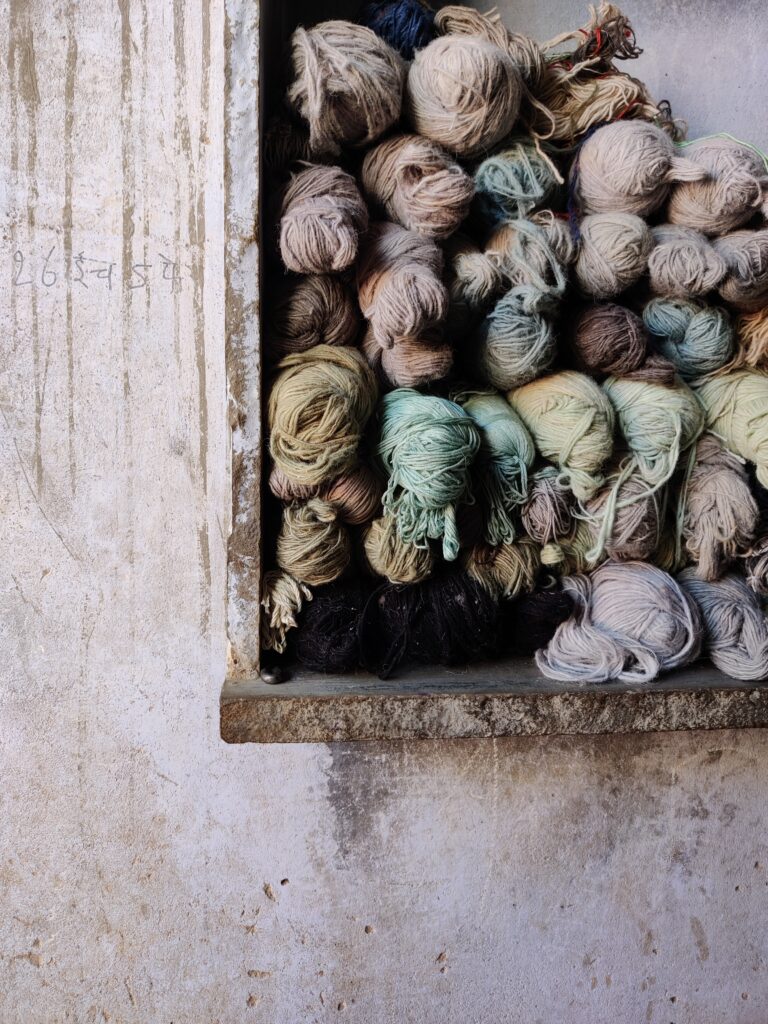
Material World
Materials matter. Period. When considering sustainability in design, look to the product’s make up. Naturally regenerative fibers like wool and cotton provide a softer feel underfoot, while plant-based fibers such as seagrass, jute, sisal, and hemp lend texture and are biodegradable. Rugs made from natural fibers have been gaining popularity. Not only are they more effective at absorbing harmful materials, such as nitrogen dioxide and sulfur dioxide, but they also reduce allergens and are notably eco-friendly. Additional beauty come from the ability of plant-based fibers to be collected over and over again without damaging the ecosystem.
See also: The Interior Designer’s Guide To Sustainability
Resource List
Keep sourcing top of mind. Jaipur Living only sources wool from sheep that have been sheared ethically and humanely as a natural part of their health and maintenance routine. In addition to sheep wool, fibers—designated as mohair or cashmere—are also sourced from alpacas, llamas, and goats. After the raw wool is sheered, it’s sorted according to natural color and fiber length, then handspun into hanks.
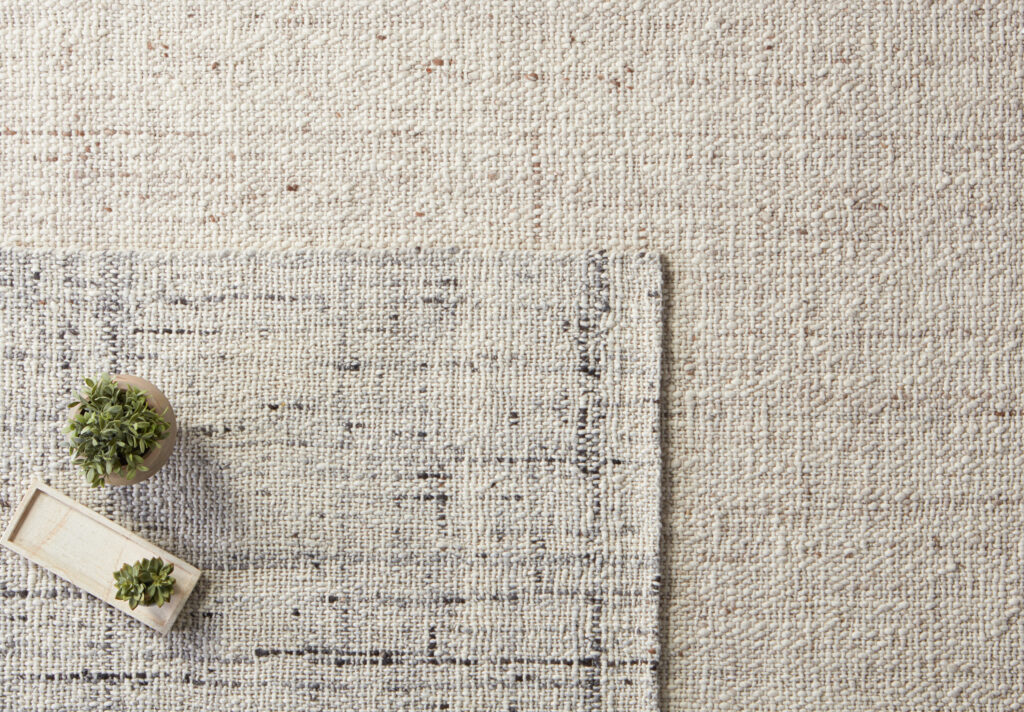
Jaipur Living‘s best-selling Cambridge collection is made of undyed wool.
Au Naturel
Skip harmful dyes. Avoid chemicals and add subtle beauty with the neutral colors of natural fibers and undyed wool and cotton. Undyed wool comes in an array of both cool and warm tones, including cream, white, gray, and black. Insider’s tip: Tibetan and New Zealand wool are softest underfoot thanks to the high amount of lanolin produced by the local sheep.
Plant-based fibers tend to live in the tan and taupe color family and provide texture-rich backdrops for interior decor. Hemp is a smoother grass fiber known for its durability and coppery shade of brown, while jute is a long, shiny vegetable fiber that can be spun into strong threads to create a weave that is softer underfoot yet retains its durability. Other natural fibers are derived from the agave sisalana cactus plant (sisal) and tropical grasses and reeds (seagrass).
“While sustainability was once just a buzzword, it has become an essential deciding factor as consumers search for the right products to fill their homes. Comfort will always be key in interior design, but with advances in sustainable, ethical, and environmentally friendly production, a shift has occurred. People look increasingly to invest in products that speak to their values—notably supporting artisan and small-batch makers, sustainable materials and production, and conscious consumerism. Now, we take more time to reflect on what is most important in our lives, to the lives of those around us, and the places we inhabit. It’s a philosophy that drives Jaipur Living.” —Jaipur Living CEO Asha Chaudhary on sustainable design
See also: Undyed Wool: Inside Eco Friendly Design’s Hero Material
Color Wheel
Craving a pop of color? Rest easy with Jaipur Living‘s commitment to using Swiss chrome chemical-free dyes and vegetable-based dyes. Whether a chemical-free or vegetable-based dye is used, our process starts with two crucial steps we believe are most important to dyeing: First, a warm water washing of the materials before dyeing, then dyeing a small sample tuft before to confirm the accuracy of the required colors.
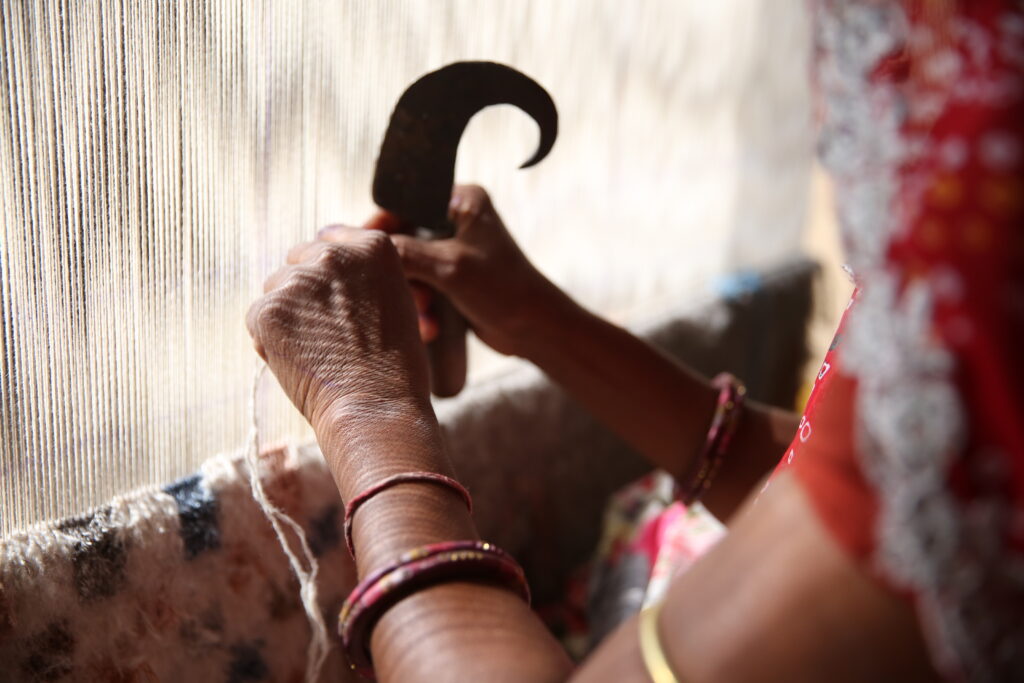
New Life
Recycle, recycle, recycle. Jaipur Living has created collections that utilize surplus materials like recycled sari silk, including the best-selling Tamil, Embark, and Adair collections. And in the award-winning Manchaha program, artisans in India masterfully weave one-of-a-kind rugs exclusively using handspun yarn left over from completed rugs.
Want to dive deeper in rug constructions and materials? Discover our guide.
Next story

